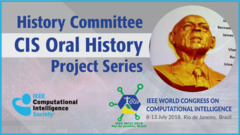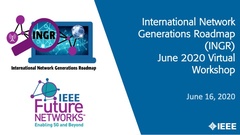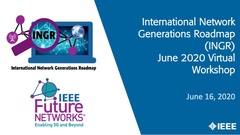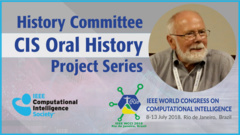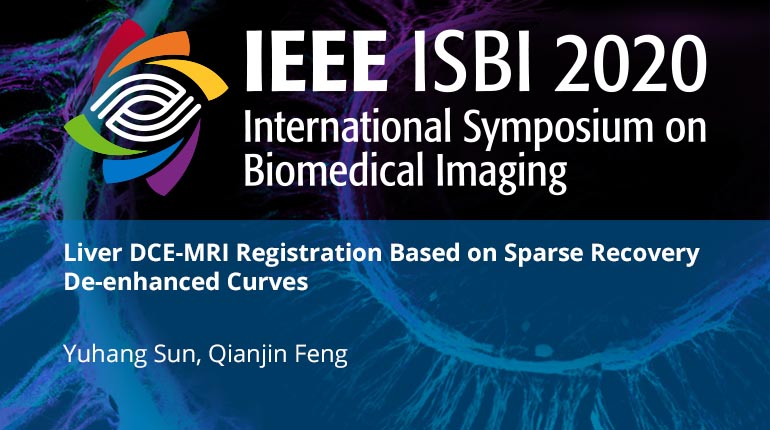
Already purchased this program?
Login to View
This video program is a part of the Premium package:
Liver DCE-MRI Registration Based on Sparse Recovery De-enhanced Curves
- IEEE MemberUS $11.00
- Society MemberUS $0.00
- IEEE Student MemberUS $11.00
- Non-IEEE MemberUS $15.00
Liver DCE-MRI Registration Based on Sparse Recovery De-enhanced Curves
Early diagnosis of liver cancer is particularly important in reducing the high mortality of liver cancer because some symptoms will not appear until the cancer cannot be reversed. Dynamic contrast-enhanced MRI (DCE-MRI) plays an important role in distinguishing benign and malignant tumors by dynamically monitoring the uptake and washout of contrast agent (gadolinium based) in different tissues. However, patient motion during the few minutes of data acquisition may result in the voxel-based mis-correspondence in adjacent time frames. Therefore, DCE-MRI registration is a necessary pre-processing step for motion correction. The challenge of dynamic contrast-enhanced MRI (DCE-MRI) registration is the huge intensity changes caused by contrast agent injections. These changes may lead to the unrealistic deformation of contrast enhancement regions by traditional intensity-based registration algorithms. Our method used to overcome the challenge is based on the idea of remove the intensity enhancement. In this paper, we apply sparse representation to reconstruct the time intensity curves of contrast agent, the dictionary used to sparse represent only includes the information of intensity changes over different time points caused by contrast agent, and then remove the contrast enhancement by simple subtracting operation. The de-enhanced images reshaped from ?non-contrast? curves can be easily aligned using traditional registration schemes. The main contribution of our work for the clinical application is to raise the accuracy of the prediction of characteristic parameter which can distinguish the benign and malignant tumor.
Early diagnosis of liver cancer is particularly important in reducing the high mortality of liver cancer because some symptoms will not appear until the cancer cannot be reversed. Dynamic contrast-enhanced MRI (DCE-MRI) plays an important role in distinguishing benign and malignant tumors by dynamically monitoring the uptake and washout of contrast agent (gadolinium based) in different tissues. However, patient motion during the few minutes of data acquisition may result in the voxel-based mis-correspondence in adjacent time frames. Therefore, DCE-MRI registration is a necessary pre-processing step for motion correction. The challenge of dynamic contrast-enhanced MRI (DCE-MRI) registration is the huge intensity changes caused by contrast agent injections. These changes may lead to the unrealistic deformation of contrast enhancement regions by traditional intensity-based registration algorithms. Our method used to overcome the challenge is based on the idea of remove the intensity enhancement. In this paper, we apply sparse representation to reconstruct the time intensity curves of contrast agent, the dictionary used to sparse represent only includes the information of intensity changes over different time points caused by contrast agent, and then remove the contrast enhancement by simple subtracting operation. The de-enhanced images reshaped from ?non-contrast? curves can be easily aligned using traditional registration schemes. The main contribution of our work for the clinical application is to raise the accuracy of the prediction of characteristic parameter which can distinguish the benign and malignant tumor.
 Cart
Cart Create Account
Create Account Sign In
Sign In


